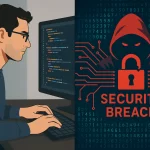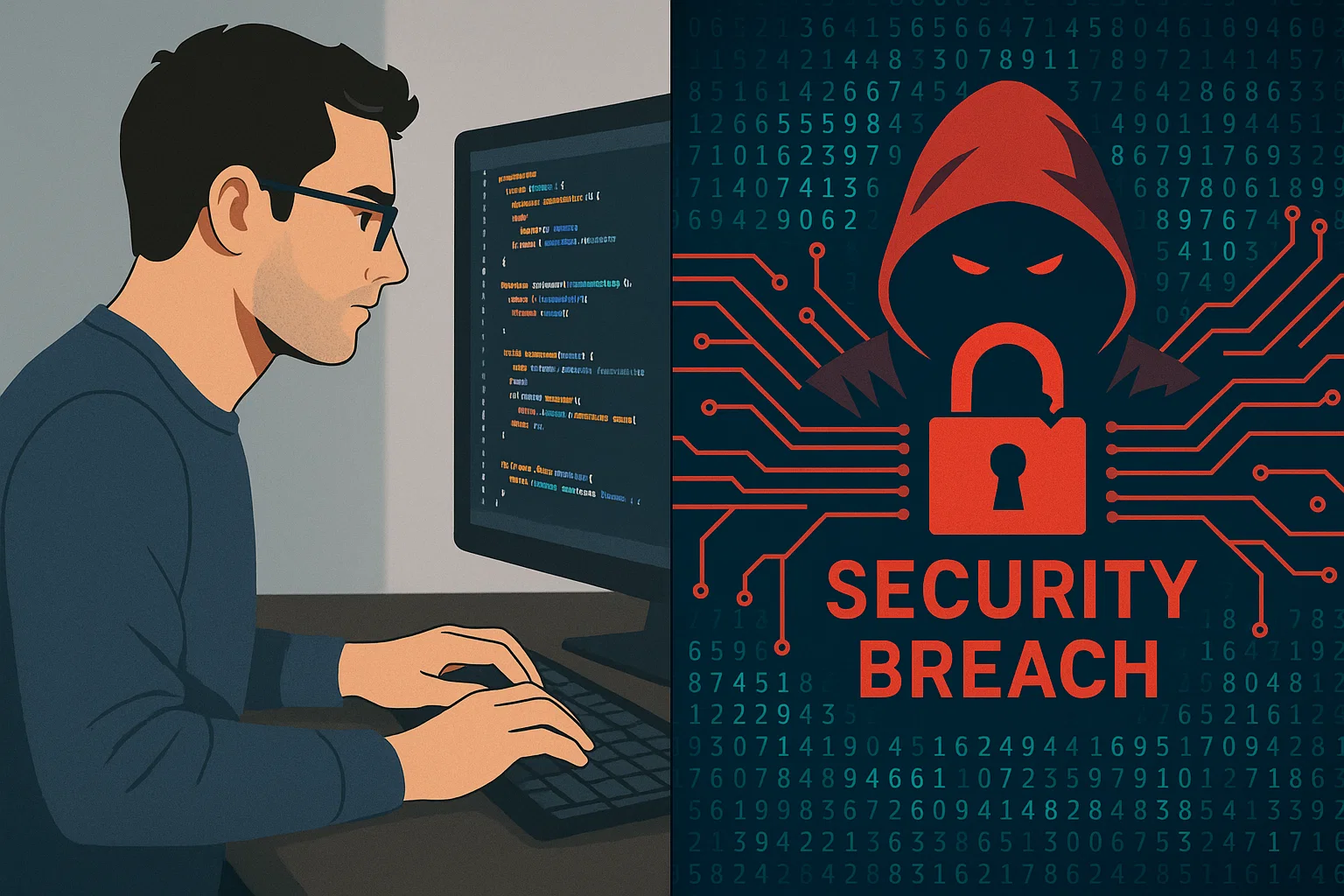Building Secure Coding Skills: Why Hands-On Security Labs are Critical
In today’s digital landscape, cybersecurity threats are evolving at an unprecedented pace. Data breaches, ransomware attacks, and sophisticated hacking attempts dominate headlines, making one thing crystal clear: secure coding isn’t just a nice-to-have skill—it’s absolutely essential. Yet despite this growing need, many developers still struggle to bridge the gap between theoretical security knowledge and practical implementation.
What does coding actually do when it comes to security? The answer lies in creating the first line of defense against cyber threats. Every line of code you write is either a potential vulnerability or a security strength. Understanding this fundamental truth is what separates average developers from security-conscious professionals who can build robust, resilient applications.
The Growing Demand for Secure Coding Expertise

The cybersecurity skills gap continues to widen, with organizations desperately seeking developers who can write secure code from the ground up. According to industry reports, the average cost of a data breach now exceeds $4.45 million, making secure coding practices not just a technical requirement but a business imperative.
Modern applications face threats from multiple vectors:
- SQL injection attacks that can compromise entire databases
- Cross-site scripting (XSS) vulnerabilities that steal user data
- Authentication bypass techniques that grant unauthorized access
- Buffer overflow exploits that can lead to system compromise
- API security flaws that expose sensitive endpoints
These aren’t abstract concepts—they’re real vulnerabilities that skilled attackers exploit daily. Traditional learning methods often fail to convey the urgency and practical nature of these security challenges.
The Limitations of Theoretical Security Learning
Lack of Real-World Context
Reading about SQL injection is vastly different from actually exploiting a vulnerable login form. Theoretical learning doesn’t convey the ease with which attackers can compromise poorly written code or the devastating impact of successful attacks.
No Hands-On Experience
Security vulnerabilities often stem from subtle implementation details that become apparent only during actual coding. Without practical experience, developers may understand concepts intellectually but struggle to identify and prevent vulnerabilities in their own code.
Limited Problem-Solving Skills
Security challenges rarely have straightforward solutions. Real-world scenarios require creative thinking, debugging skills, and the ability to balance security requirements with functionality—skills that develop only through hands-on practice.
Outdated Knowledge
The threat landscape evolves rapidly. Theoretical resources often lag behind current attack techniques, leaving developers unprepared for emerging security challenges.
The Power of Hands-On Security Labs
Hands on coding labs represent a revolutionary approach to security education, offering immersive experiences that transform theoretical knowledge into practical skills. These interactive environments simulate real-world vulnerabilities and attack scenarios, providing safe spaces for developers to learn through experimentation and discovery.
Realistic Vulnerability Simulation
Quality security labs recreate authentic vulnerable applications, complete with common coding mistakes and security oversights. Participants can explore these vulnerabilities firsthand, understanding not just how attacks work but why certain coding patterns make applications susceptible to exploitation.
Safe Learning Environment
Unlike production systems, security labs provide controlled environments where mistakes become learning opportunities rather than security incidents. Developers can experiment with different attack vectors and defense mechanisms without fear of causing real damage.
Immediate Feedback Loops
Hands-on labs offer instant feedback on security implementations. When a developer writes vulnerable code, they can immediately see how an attacker might exploit it. Conversely, implementing proper security measures provides immediate validation of their effectiveness.
Progressive Skill Development
Well-designed security labs follow a structured learning path, starting with basic vulnerabilities and advancing to complex, multi-stage attacks. This progressive approach ensures that developers build comprehensive security skills systematically.
Essential Skills Developed Through Practical Security Training
Threat Modeling Abilities
Hands-on labs teach developers to think like attackers, identifying potential entry points and attack vectors in their applications. This mindset shift is crucial for building truly secure systems.
Secure Code Review Techniques
Through practical exercises, developers learn to spot security issues in code reviews, becoming valuable assets for their development teams. They understand what to look for and how to provide constructive feedback on security improvements.
Incident Response Skills
When security labs simulate actual breaches, developers gain experience in incident response procedures, learning to identify compromised systems, assess damage, and implement remediation strategies.
Defense Implementation
Beyond identifying vulnerabilities, hands-on training teaches developers to implement robust security controls, from input validation and authentication mechanisms to secure session management and data encryption.
Real-World Applications and Career Impact
[IMAGE 6: Professional developer working on secure code with multiple monitors showing security dashboards. Alt text: “Professional developer implementing secure coding practices”]
The skills developed through hands-on security labs have immediate real-world applications:
Enhanced Code Quality: Developers who understand security write better code from the start, reducing the need for costly security retrofits and vulnerability patches.
Improved Team Collaboration: Security-aware developers can communicate effectively with cybersecurity teams, bridging the gap between development and security operations.
Career Advancement: Organizations increasingly value developers with security expertise, leading to better job opportunities and higher compensation.
Reduced Security Debt: Teams with strong security skills create less technical debt related to security vulnerabilities, resulting in more maintainable and scalable applications.
The Versatility of Custom Security Training Platforms
[IMAGE 7: Dashboard showing different types of security labs – web, mobile, cloud, IoT. Alt text: “Custom security training platform with multiple lab environments”]
Modern security training platforms offer unprecedented flexibility in designing learning experiences. Custom labs can be tailored to specific technologies, frameworks, and threat models, ensuring that training remains relevant and applicable to real-world development scenarios.
These platforms can simulate various environments:
- Web application security challenges
- Mobile app security scenarios
- Cloud infrastructure security exercises
- IoT device security simulations
- Enterprise network security labs
The ability to customize training content means organizations can address their specific security challenges while ensuring that developers gain practical experience with the tools and technologies they use daily.
Building a Security-First Development Culture

Hands-on security labs don’t just train individual developers—they help build security-conscious development cultures. When teams share common security experiences and vocabulary, they can collaborate more effectively on security initiatives and make informed decisions about security trade-offs.
This cultural shift is essential for organizations seeking to implement DevSecOps practices, where security becomes an integral part of the development lifecycle rather than an afterthought.
The Future of Security Education
As cyber threats continue to evolve, the importance of practical security education will only increase. Hands-on labs provide the most effective way to prepare developers for the security challenges they’ll face throughout their careers.
The combination of theoretical knowledge and practical experience creates well-rounded security professionals who can adapt to new threats and implement effective countermeasures. This holistic approach to security education is becoming the gold standard for organizations serious about cybersecurity.
Conclusion: Taking the Next Step in Your Security Journey
[IMAGE 9: Call-to-action visual showing a pathway or journey metaphor leading to secure coding mastery. Alt text: “Journey to secure coding mastery through hands-on training”]
Building secure coding skills requires more than reading about security—it demands hands-on practice with real vulnerabilities and attack scenarios. The difference between knowing about security and truly understanding it lies in practical experience.
Whether you’re a developer looking to enhance your security skills or an organization seeking to improve your security posture, hands-on security labs offer the most effective path forward. They provide the practical experience necessary to write secure code, identify vulnerabilities, and implement robust security measures.
The question isn’t whether you need security skills—it’s whether you’re ready to develop them through practical, hands-on experience that prepares you for real-world challenges.
Ready to transform your security skills from theoretical to practical? Experience the power of hands-on security training. Try our interactive security labs today and discover how practical experience can accelerate your journey to becoming a security-conscious developer. Your future self—and your applications—will thank you.









